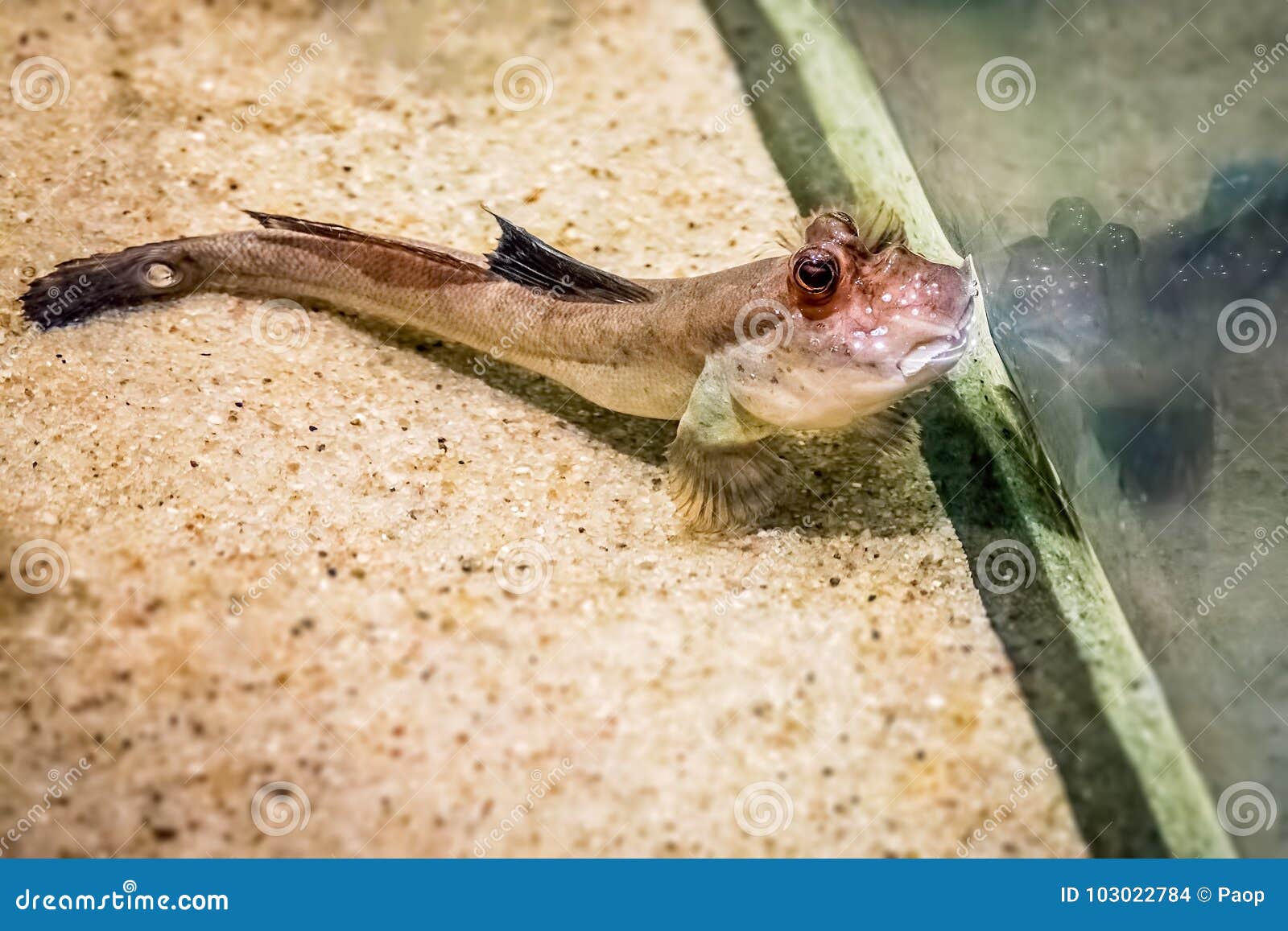

After drinking, seawater is desalinated in the esophagus, and then water is absorbed together with NaCl in the intestine after isotonic dilution ( Parmelee and Renfro, 1983 Nagashima and Ando, 1994 Takei et al., 2016).

Marine teleosts exposed to severe dehydration drink seawater to cope with this problem ( Hirano et al., 1972 Kobayashi et al., 1983 Perrott et al., 1992 Takei, 2015).

Their osmoregulatory ability might have allowed them to flourish in a wide range of aquatic environments including freshwater, seawater, and in particular cases allowed survival and success even on land ( Takei, 2015). Similar to terrestrial tetrapods, teleost fishes are osmotic and ionic regulators and the ionic composition of their body fluis is similar to those of tetrapods, whose plasma osmolality is approximately one third of seawater regardless of the salinity that they inhabit ( Evans, 2008). In addition, the kidney of endothermic mammals and birds is equipped with juxtamedullary nephrons that can produce hyperosmotic urine, which is an adaptation to reduce water loss from excretion.
#MUD SKIPPER SKIN#
To cope with dehydration, they drink water and reduce evaporative water loss from the body surface by a developed body integument consisting of layers of keratinized skin cells. As vertebrates expanded their habitats from aquatic to terrestrial environments, terrestrial adaptation requires critical changes in the osmoregulatory and cardiovascular systems to counter both dehydration and gravity ( Leow, 2015). Ionic concentration, osmolality, and volume of body fluids are important internal parameters that are tightly controlled in vertebrates by the ingestion and excretion of water and ions ( Bourque, 2008). In this review, we suggest this unique teleost as an important model to deepen insights into the behavioral roles of these hormones in relation to osmoregulation.Įvolution of Body Fluid Regulation From Fishes to Tetrapods The corticosteroid system that is responsive to external stressors can accelerate emergence of migration to alternative habitats. Interestingly, cortisol, an important hormone for seawater adaptation and stress response in teleosts, also stimulates the migration toward water, mediated possibly via the mineralocorticoid receptor. Together with implications of VT in aggression, mudskippers may bridge the multiple functions of neurohypophysial hormones. The VT-induced migration appears to be a submissive response of subordinate mudskippers to escape from competitive and dehydrating land. VT regulates social behaviors as well as osmoregulation. VT is also dipsogenic and the neurons in the forebrain may mediate their thirst.

In addition, the neurohypophysial hormones, isotocin (IT) and vasotocin (VT), promote migration to water via IT receptors in mudskippers. Thus, mudskippers revealed a unique thirst regulation by sensory detection in the buccal cavity. In mudskippers, however, through the loss of buccal water by swallowing, which appears to induce buccal drying on land, Ang II motivates these fishes to move to water for drinking. By contrast, aquatic teleosts can drink water that is constantly present in their mouth only by reflex swallowing, and Ang II induces swallowing by acting on the hindbrain circumventricular organ without inducing thirst. Regarding drinking behavior of mammals, a thirst sensation is aroused by angiotensin II (Ang II) through direct actions on the forebrain circumventricular structures, which predominantly motivates them to search for water and take it into the mouth for drinking. In this review, we introduce this unique teleost as a model to study osmoregulatory behaviors, particularly amphibious behaviors regulated by the central action of hormones. Mudskipper gobies can bridge the gap from aquatic to terrestrial habitats by their amphibious behavior, but the studies are yet emerging. Great progress has been made in understanding the osmoregulatory mechanisms including drinking behavior in teleosts and mammals. Body fluid regulation, or osmoregulation, continues to be a major topic in comparative physiology, and teleost fishes have been the subject of intensive research.


 0 kommentar(er)
0 kommentar(er)
